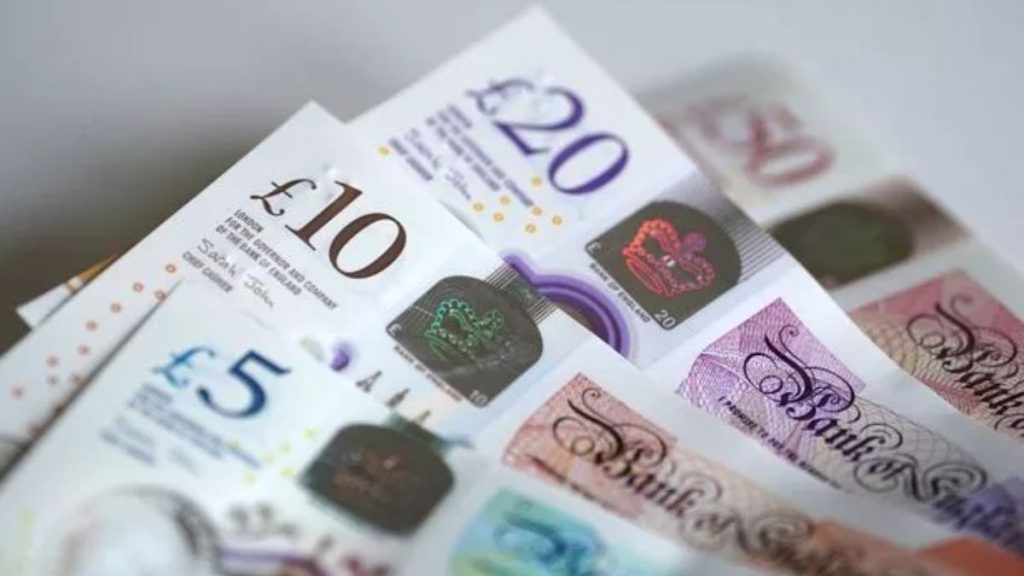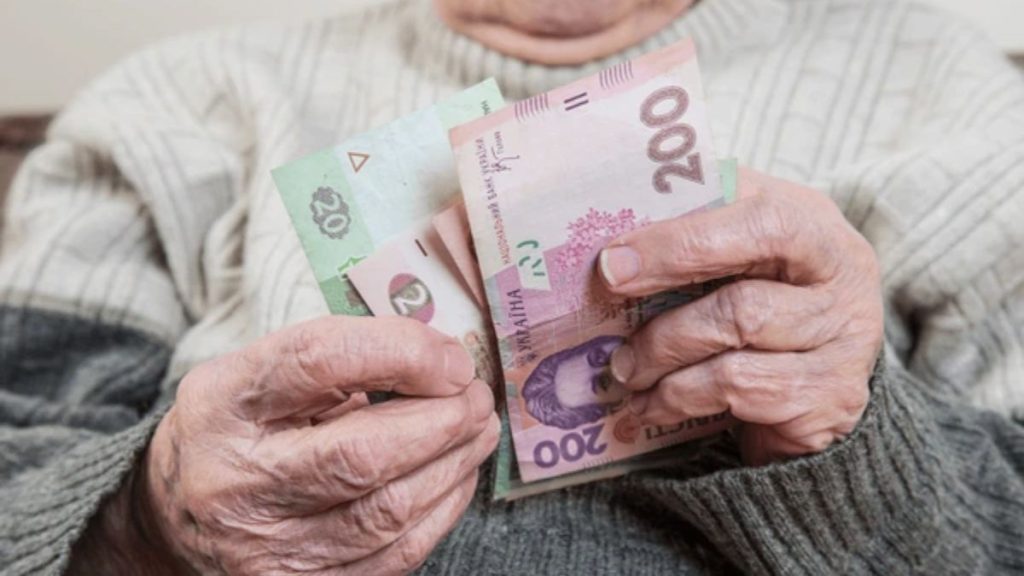With household budgets stretched across the UK, any sign of government relief draws attention — and the £725 Cost-of-Living Payment 2025 is no exception. You may have heard discussions about this new support, but unlike previous one-off grants, this payment marks a permanent shift in how Universal Credit works.
The Department for Work and Pensions (DWP) is moving away from temporary handouts toward a long-term welfare reform that will give millions of claimants a stable annual income boost of around £725. Understanding how this change works — and whether you qualify — is key to planning your finances for the years ahead.
What Is the £725 Cost-of-Living Payment 2025?

The £725 Cost-of-Living Payment is not a single cash grant landing in your bank account. Instead, it represents a structural increase in Universal Credit payments, meaning the standard allowance for eligible claimants will rise permanently.
This reform aims to make welfare payments more predictable and sustainable, rather than relying on short-term crisis grants. The estimated figure of £725 reflects the average annual uplift most Universal Credit households can expect once the reform takes full effect.
It’s part of a wider DWP strategy to strengthen financial stability and reduce the long-term impact of inflation on low-income households.
Key Details at a Glance
| Feature | Details |
|---|---|
| Payment Amount | Estimated £725 annual increase to Universal Credit |
| Payment Type | Permanent increase (not a one-off grant) |
| Eligibility | Universal Credit recipients (specific categories) |
| Application | Automatic – no need to apply |
| Rollout Period | Reforms start in 2026 (phased implementation) |
| Purpose | Provide sustainable income growth amid rising living costs |
Why the Government Introduced This Reform
Over the past few years, the government has relied on temporary Cost-of-Living Payments to cushion households from inflation. But these one-off payments created uncertainty, with people unsure if or when new support would come.
The new £725 uplift addresses that problem. Instead of short-term relief, it builds permanent income resilience by raising the Universal Credit base rate.
This approach ensures that millions of households receive a steady monthly increase, offering long-term stability rather than sporadic payouts.
Who Qualifies for the £725 Cost-of-Living Payment
The main eligibility requirement is to be a Universal Credit recipient. However, the increase is not universal across all claimants — it will depend on specific categories within the reform bill.
Likely Eligible Groups
- Low-income households currently claiming Universal Credit.
- Single claimants aged 25 or older, as reforms will target standard allowance increases for this group.
- Families affected by PIP (Personal Independence Payment) adjustments — protections will ensure those impacted by new disability assessment rules continue receiving fair support.
Importantly, no separate application is required. If you meet the eligibility through your current claim, the increase will be automatically added to your monthly Universal Credit payments once the reform goes live.
How the £725 Payment Works
It’s crucial to understand that this is not a lump-sum payout. Instead, the £725 annual boost will be distributed gradually through monthly Universal Credit payments.
This change means:
- You’ll see a slightly higher amount in your monthly deposit once the reform takes effect.
- The increase will help you budget more effectively over time, rather than relying on one-off government grants.
- It represents a long-term adjustment to the welfare structure, ensuring ongoing financial support.
The DWP has designed this system to phase out emergency-style payments and instead build reliable income growth for claimants across the UK.
When Will the £725 Increase Begin?
The Universal Credit reform that includes the £725 increase will start rolling out in 2026.
There will be no new lump-sum Cost-of-Living Payments in 2025, as the government shifts focus toward structural changes. However, other short-term payments have been announced to support vulnerable groups until the reform is fully implemented.
Confirmed Financial Support for 2025:
- £250 Payment (April 2025): For pensioners and older adults.
- £350 Payment (Summer 2025): For those on means-tested benefits like Universal Credit or Pension Credit.
- £500 Payment (2025): For low-income families, seniors, and people with disabilities.
These payments will act as a temporary bridge until the Universal Credit uplift officially begins.
What Could Make You Ineligible
Even if you receive Universal Credit, certain conditions may temporarily make you ineligible for other one-off support payments.
This is typically due to what’s called a “nil award”, meaning your Universal Credit entitlement for that period was reduced to £0.
Common Causes of Nil Awards:
- Receiving two sets of wages within one Universal Credit assessment period.
- A temporary increase in income or savings.
- Starting to receive another benefit that affects your Universal Credit entitlement.
- Sanctions for not meeting conditions of your claimant agreement.
However, some exceptions apply. For instance, if your payment was reduced because of rent deductions or hardship payments, you may still qualify once your circumstances stabilize.
How the £725 Payment Differs from Past Cost-of-Living Support
Between 2022 and 2024, the DWP issued several one-off Cost-of-Living Payments to help people manage inflation and high energy costs.
Those included:
- £650 (2022–23) in two installments.
- £900 (2023–24) across three installments.
- £299 (2024) as a spring payment.
The £725 reform is different. Instead of another temporary boost, it permanently raises benefit levels — signaling a shift from emergency response to structural stability.
This change aims to make the welfare system simpler, fairer, and more sustainable.
Broader Context: Why This Change Matters
UK households continue to face persistent cost pressures, with energy, rent, and food prices remaining high despite falling inflation.
The £725 increase helps create a long-term buffer against such costs, particularly benefiting those most at risk — including single adults, low-income families, and disabled individuals.
According to welfare analysts, the reform could lift millions closer to the poverty line threshold, reducing dependency on food banks and emergency loans.
It also reflects a wider DWP initiative to ensure benefit payments rise consistently with economic trends, preventing a repeat of the instability seen during the pandemic years.
Other Key Government Support in 2025
Beyond this reform, several existing financial assistance programs will continue through 2025–26:
1. Winter Fuel Payment
- Helps pensioners with heating costs during the colder months.
- Amounts range from £100 to £300, depending on age and household composition.
2. Disability Cost-of-Living Payment
- Aimed at individuals receiving disability benefits such as PIP, DLA, or Attendance Allowance.
- Previous payments were £150, but updates for 2025 are expected later this year.
3. Energy Bill Support and Council Rebates
- Local councils may continue offering energy grants and council tax reductions for vulnerable residents.
4. Pension Credit Expansion
- More pensioners will be eligible for top-up support, which also acts as a gateway to additional benefits like free TV licences and housing assistance.
These initiatives, together with the Universal Credit uplift, form part of a comprehensive anti-poverty strategy targeting low-income groups.
How to Prepare for the 2026 Universal Credit Reform
To ensure you benefit from the £725 Cost-of-Living uplift, take the following steps:
- Keep your Universal Credit account updated — report any income or address changes promptly.
- Check your eligibility for other DWP payments, such as the £350 or £500 support grants.
- Set up direct deposit to receive payments quickly and securely.
- Stay informed through official government updates on GOV.UK.
- Avoid online scams — the DWP never asks for bank details via email or text.
Staying proactive ensures that you don’t miss out on the full benefit of upcoming reforms.
Expert Analysis: A Turning Point in Welfare Policy
Economists have described the £725 reform as a turning point in UK welfare history. It replaces unpredictable crisis payments with predictable monthly increases, offering security and clarity for millions of claimants.
However, some critics warn that while structural changes are positive, faster implementation is needed as many families still face hardship in 2025.
Charities like the Joseph Rowntree Foundation and Citizens Advice have urged the government to ensure that the uplift keeps pace with inflation and that vulnerable groups receive targeted help during the transition period.
Frequently Asked Questions (FAQs)
Q1. What is the £725 Cost-of-Living Payment 2025?
It’s not a one-off grant but a permanent annual increase to Universal Credit payments, designed to provide long-term financial stability.
Q2. Who qualifies for the £725 increase?
Primarily Universal Credit recipients, especially single adults over 25 and low-income households.
Q3. When will it start?
The reform introducing the £725 increase will begin in 2026, though other temporary payments will be available throughout 2025.
Q4. Do I need to apply for the £725 uplift?
No. The change will be automatically applied to eligible Universal Credit claims.
Q5. How is this different from previous cost-of-living payments?
Unlike past one-off grants, this represents a permanent adjustment to Universal Credit rates, offering consistent support year after year.


















